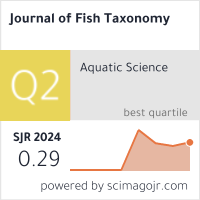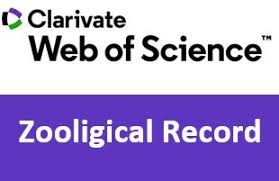Systematic Reassessment of the Serrasalmidae Family Using Molecular Markers
Keywords:
Systematic Reassessment (SR), Serrasalmidae Family (SF), Molecular Markers (MM)Abstract
Using partial sequences of two mitochondrial genes, Cytochrome b and Cytochrome c Oxidase I, the current
study analyzed the genetic and evolutionary relationships between seven piranha species belonging to the genera
Serrasalmus and Pygocentrus. The study was conducted in the Paraná-Paraguay, São Francisco, and Tocantins
River basins. Bayesian inference and maximum likelihood phylogenetic analysis were techniques that were
utilised to determine between these species. The findings showed that Serrasalmus rhombeus and Serrasalmus
marginatus, as well as Serrasalmus maculatus, Serrasalmus brandtii, and Serrasalmus eigenmanni, had more
genetic similarities than the two Pygocentrus species (P. nattereri and P. piraya). High levels of intraspecific
genetic diversity were seen in Pygocentrus nattereri, S. rhombeus, and S. maculatus. Each species has at least two
distinct mitochondrial lineages, now found in allopathy (P. nattereri and S. maculatus) or sympatry (S. rhombus).
Studies on species delimitation and the sizeable genetic variability between populations of S. rhombus and S.
maculatus suggested that each species might be a complex cryptic species. The fact that S. maculatus and S.
rhombus are not monophyletic gives credibility to the theory. The geographic distribution and genetic
differentiation pattern of the piranha species investigated here is explored in connection to the geological and
hydrological processes that happened in the hydrographic basins.








